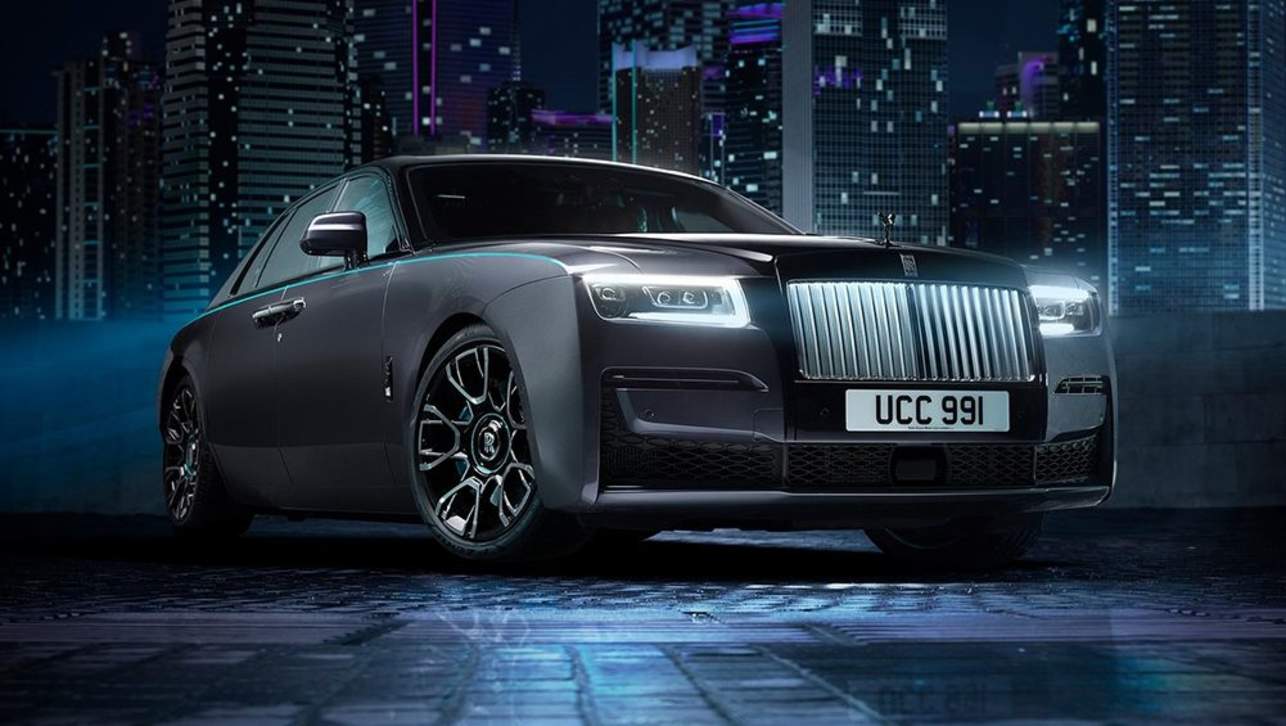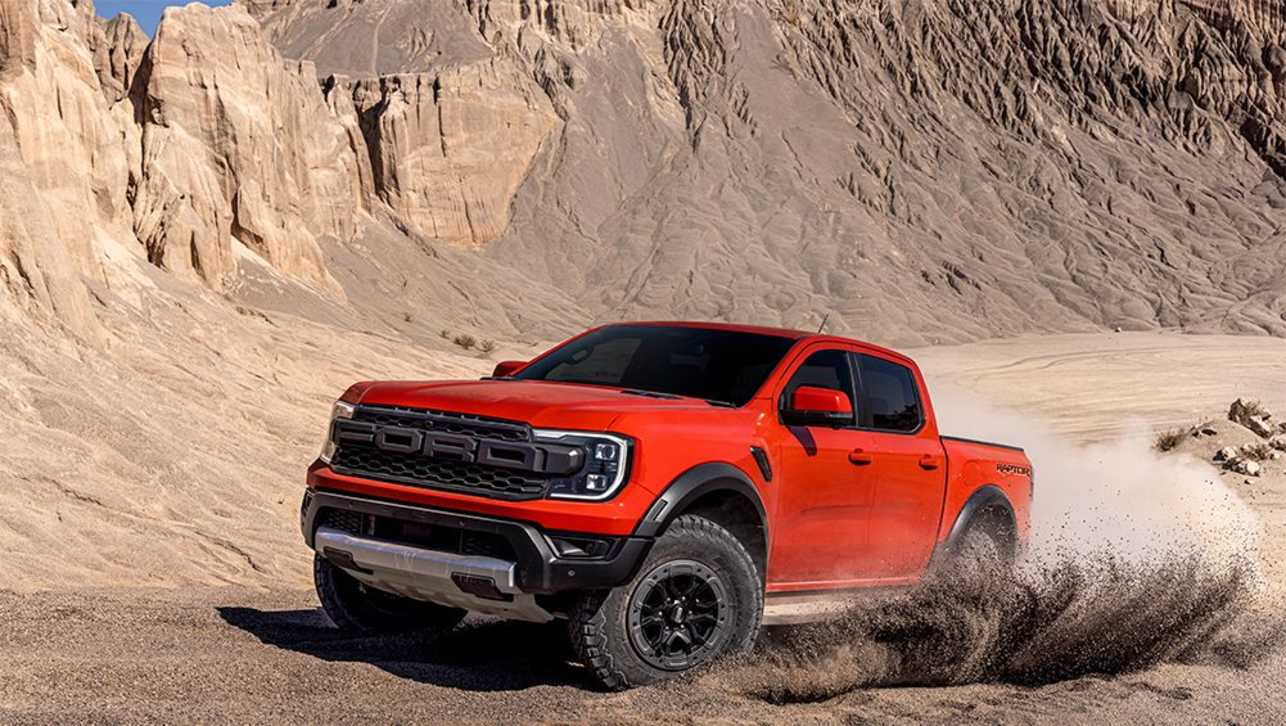When it comes to an aftermarket long range fuel tank Ford Ranger owners are well catered for. But there’s always room for improvement, right?
The standard Ford Ranger fuel tank capacity is a fairly handy 80 litres. The Bi-Turbo four-cylinder diesel has an official combined fuel economy figure of 7.6 litres per 100km, the V6 turbo-diesel boasts 8.4 litres for the same 100km.
And the previous gen five-cylinder engine? Well, the Ford Ranger 3.2 fuel tank capacity is the same 80 litres, although the claimed consumption is a bit higher at 8.7 litres per 100km.
On paper, that equates to a theoretical combined range of about between about 900km and 1000km. In the real world, of course, those numbers won’t be matched, with 10 litres per 100km a more realistic (but still commendable) figure. In that case, you’re looking at around 800km of range from a diesel-powered Ford Ranger dual-cab ute.
Which is fine, but ute owners being the people they are, the urge to add bits and pieces to such a competent vehicle as the Ranger is too enticing to resist.
So, on goes a bull-bar, winch, roof rack and bigger tyres all of which add weight, aerodynamic drag and, in the case of bigger tyres, alter overall gearing, all of which can lead to an increase in fuel consumption over a standard vehicle. Even a snorkel can affect fuel economy, as can detail changes like a throttle controller.
Then we take our modified Rangers and we do all sorts of interesting things with them. We take them off-roading in low-range, we hitch enormous trailers up to them and fill the tray with all sort of things, some of them quite heavy.
Again, fuel consumption will suffer in any of these scenarios, at which time, many Ranger owners decide they need more fuel capacity. Enter the long range fuel tank.
The long range fuel tank doesn’t necessarily replace the Ranger’s standard tank; instead, an auxiliary tank adds to the original capacity.
.jpg)
Obvious concerns include where to physically install the tank under the ute’s chassis, but the Ranger is such a popular vehicle, the aftermarket has that sort of detail stuff well and truly sorted out.
Ideally, of course, you’d mount the tank high enough so it isn’t likely to be struck by rocks or anything else from underneath, as well as position it between the axles for the best weight distribution (given it will be quite heavy when full of fuel).
Sometimes, however, you don’t have a lot of say in where the tank will go, purely because of the way the Ranger is laid out from the factory. Either way, an auxiliary or long range tank is a vastly more convenient and safe way to carry extra fuel than traditional jerry cans.
The other alternative is to ditch the stock tank and replace it with a single new Ford Ranger auxiliary fuel tank that holds a lot more fuel.
How much more? Well, well known aftermarket supplier ARB now offers a next gen Ranger long range fuel tank that replaces the stock unit but holds twice as much (160 litres).
It still fits in more or less the same real estate, uses the standard filler neck and interfaces with the stock fuel gauge. Even the standard spare tyre location remains the same despite the huge tank capacity increase.
Downsides to this approach include the fact you now have a redundant Ranger tank to get rid of. Also, a dual tank system, while requiring a bit more thinking in terms of how to make the gauge work, where to place the filler and physically joining the two tanks so they both feed the same fuel-pump system can often be cheaper because there’s less materials required to make it.
You also have greater flexibility in where to place it in terms of protection and weight distribution. But probably the biggest plus is that if you are unlucky enough to damage one tank and cause a leak, you can isolate that tank and head for home on the contents of the second tank.
In some cases, knowing how much fuel is in an auxiliary tank is best left to an electronic gadget that interfaces with the car’s on-board computer via the OBD2 diagnostic port.
It works in other makes and models, too, but Ford Ranger long range fuel tank calibration is all worked out by the computer and that info is conveyed to you on a small screen.
So, potentially how big is a Ford Ranger fuel tank if you really want to push the boundaries? That 160 litre unit we were talking about seems to be as big as anybody has gone for now, but there are plenty of 140-litre alternatives out there, too.
You also have a choice of a tough plastic construction or, typically, an aluminised steel material. Both have their advantages in weight and strength terms.
.jpg)
Other features you might want to look for include a drain plug (for when you get the inevitable bad batch of fuel somewhere) and a roll-over valve which will eliminate spills if the worst happens and your Ranger winds up on its roof.
The good news is that pretty much any PX Ranger long range fuel tank will fit any other PX Ranger. Provided that is, that they’re both 4X4 models as the 2WD versions may not have enough space underneath.
Same goes for the PK model; a PK Ranger long range fuel tank is the same across the years. In late model terms, that means a tank that will suit a 2017, 2018, 2019, 2020 or 2021 Ranger will do the job on any of the PX models.
Where you need to be careful is with a Ranger with a 2022 build date, as this was the cross-over year between PX and next gen Rangers. While you might be sure what your vehicle is, the person selling the long range tank may not be so sure of what they have and what it suits.
The Ford Ranger long range fuel tank price will depend entirely on what size and quality tank you want. Price start at around $1000, but it’s easy to spend $2000 or more if you want a really big, brand-name tank with a deal that includes fitting.
DIY fitting is possible if you’re handy and even easier if you can get the vehicle off the ground on, say, a workshop hoist.
Don’t forget to ask plenty of question when you’re shopping. As a major safety-related component, you need to ensure any aftermarket tank you fit is safe and complies will all relevant Australian Standards and safety rules.
You also need to let your insurance company know you’ve fitted a long range tank, as this amounts to a fairly major modification and may affect your policy and, of course, your premium.


.jpg)


.jpg)

.jpg)
 copy.jpg)
.jpg)


.jpg)


.jpg)
.jpg)
.jpg)
.jpg)
.jpg)


.jpg)
.jpg)
.jpg)




Comments